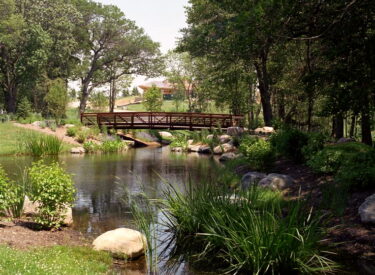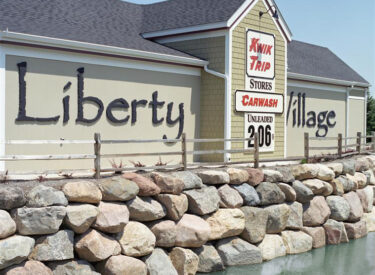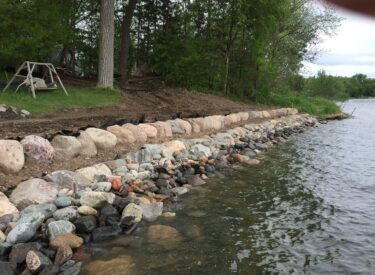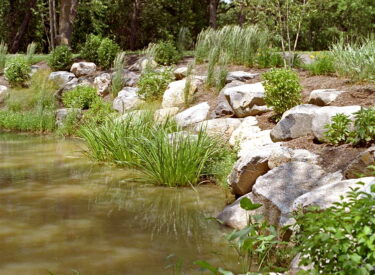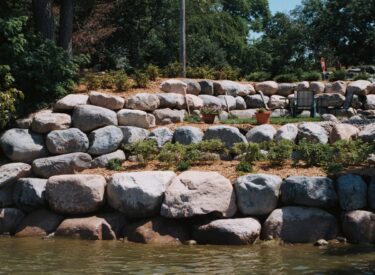Shoreline Restoration Service
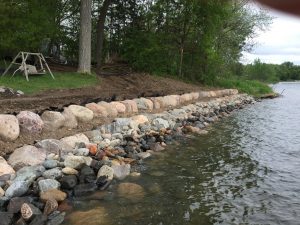
See Below Portfolio...
Conservational development of waterfronts
In the land of 10,000 lakes, our water conservation is precious, and at Boulder Images we’re serious about protecting it. Our efforts last throughout the years of harsh winters that have taken a toll on Minnesota shores, except ours. Our unique solution has proven to withstand even the worst ice movement. We’re proud to say that one of the state’s leading experts on shoreline restoration just happens to be an owner of Boulder Images as well as a boulder artist! He has worked with the Department of Natural Resources (DNR) to develop a different approach to water conservation – an approach that no one else takes. That’s one reason we are trusted by agencies statewide Speaking of the DNR, we don’t just have a great relationship with them, but they’ve hired us!
Water conservation using boulders and natural stone with all types of water conservationism is one of our top priorities… for more information contact us here or Facebook also has some great stories
The allure of shorelines, where the land meets the water, is a testament to nature’s exquisite artistry. To safeguard this delicate balance while enhancing the aesthetic appeal, shoreline natural stone conservation has emerged as a vital practice. This approach, rooted in sustainability and ecological responsibility, is crucial for maintaining the natural beauty of waterfront areas.
Shoreline natural stone conservation entails the careful management and protection of natural stone features along water bodies. These features include rugged boulders, intricate rock formations, and stone-built structures that not only contribute to the visual splendor but also serve as vital components of aquatic ecosystems. The conservation efforts focus on preserving these elements while mitigating the negative impacts of human activities and erosion.
One of the primary goals of shoreline natural stone conservation is to maintain the ecological balance of shoreline areas. Natural stones provide habitats for various aquatic organisms, acting as shelter and breeding grounds. By preserving these stones and minimizing disturbance, we ensure that aquatic ecosystems thrive and that biodiversity flourishes.
Conservation efforts also extend to preventing soil erosion and maintaining water quality. Natural stone structures along shorelines act as barriers, preventing soil from being washed away by waves and currents. This not only protects the land but also maintains the clarity and quality of the water. By reducing sediment runoff, these conservation practices positively impact aquatic life and aquatic plant growth.
Aesthetic considerations are also at the forefront of shoreline natural stone conservation. The distinct beauty of natural stones contributes to the charm of waterfront areas. Through strategic planning and minimal intervention, conservationists aim to retain the unique appeal of these stones while ensuring that human activities do not compromise their integrity.
Community involvement is a key aspect of shoreline natural stone conservation. Educating residents and visitors about the significance of preserving these natural features fosters a sense of responsibility and pride. Encouraging responsible recreational activities along the shoreline helps minimize damage and ensures that future generations can enjoy the beauty of these areas.
In conclusion, shoreline natural stone conservation is a vital endeavor that harmonizes human enjoyment of waterfronts with the preservation of ecosystems. By safeguarding the ecological balance, preventing erosion, and maintaining aesthetic appeal, these conservation efforts guarantee that our shorelines remain captivating havens for both nature and people.
Shoreline Restoration

